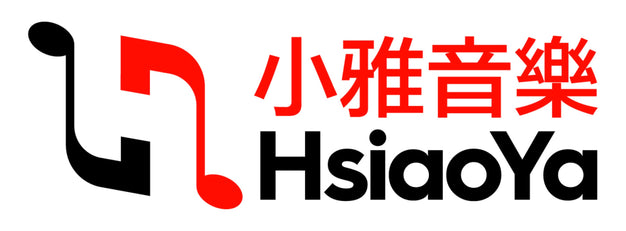
Windows -vier movements for trumpet and organ after Marc Chagall- Four movements after Marc Chagall 艾本 小號 管風琴 騎熊士版
美術一直是彼得-埃本(1929-2007 年)靈感的重要來源。夏加爾為耶路撒冷猶太教堂繪製的彩色玻璃窗為西波希米亞小鎮切布的市立美術館委託創作的四個小號和管風琴樂章提供了靈感。作者對樂器的選擇發表了自己的看法: 大塊彩色玻璃的莊嚴肅穆讓我想像管風琴的音色,而一束束鮮豔色彩的強烈和明亮則需要小號的尖銳音色。埃本以一種獨創的方式將兩種樂器結合在一起:兩個聲部都保留了很大的獨立性,以各自的節奏模式前進,並在某些地方相互交錯。埃本的創作方法中典型的模態構成在此與無調性對抗,使兩種樂器最後的齊奏產生了巨大的效果。自 1976 年問世以來,《視窗》一直是作曲家最常演奏的作品之一。這首樂曲的各個樂章以顏色命名: 藍窗》、《綠窗》、《紅窗》和《金窗》。管風琴部分由米蘭-斯萊奇塔修訂,小號部分由拉吉斯拉夫-科茲德卡修訂"
作曲家: Eben, Petr
樂器: for Trumpet and Organ
出版社: Bärenreiter 騎熊士(小熊版)
原文簡介:
Fine art has always been a prominent source of inspiration for Petr Eben (1929-2007). Chagall's stained-glass windows for the synagogue in Jerusalem gave an impulse for the four movements for trumpet and organ commissioned by the city gallery in the West Bohemian town of Cheb. The author commented on his choice of instruments: "The solemnity of the large panes of stained glass made me imagine the sound of the organ, and the intensity and brilliance of the sheaves of bright colours called for the shrill tone of the trumpet." Eben combines the two instruments in an original manner: both parts retain a great deal of independence, progressing in their own rhythmic patterns, intersecting in places. The modal composition typical of Eben's method is confronted here with atonality, enabling the final unison of the two instruments to sound with a monumental effect. Since its origin in 1976 Windows has been one of the most frequently performed pieces by the composer. The individual movements of the cycle are named after colours: The Blue Window, The Green Window, The Red Window and The Golden Window. The organ part was revised by Milan Slechta, the trumpet part by Ladislav Kozderka.

